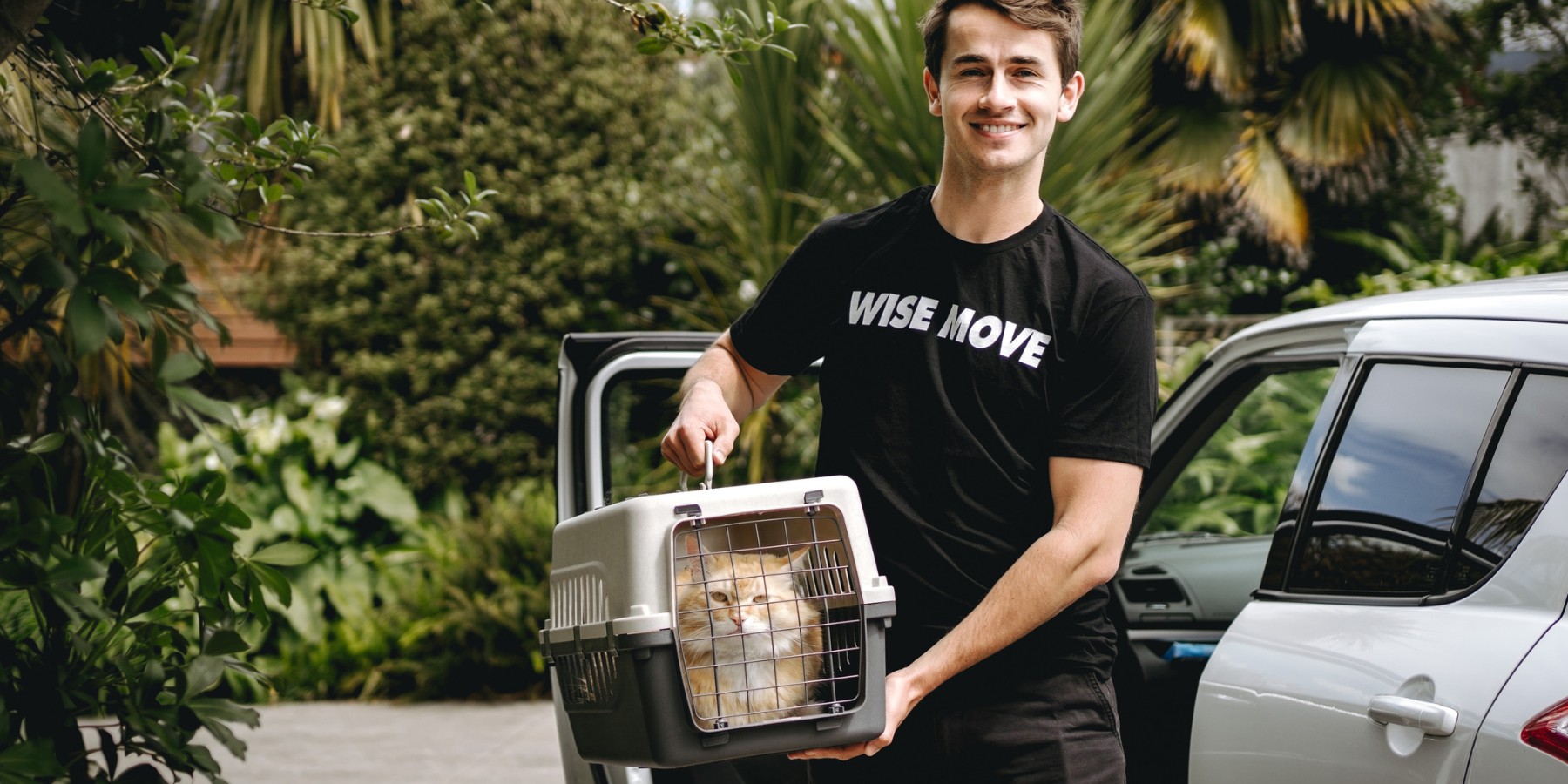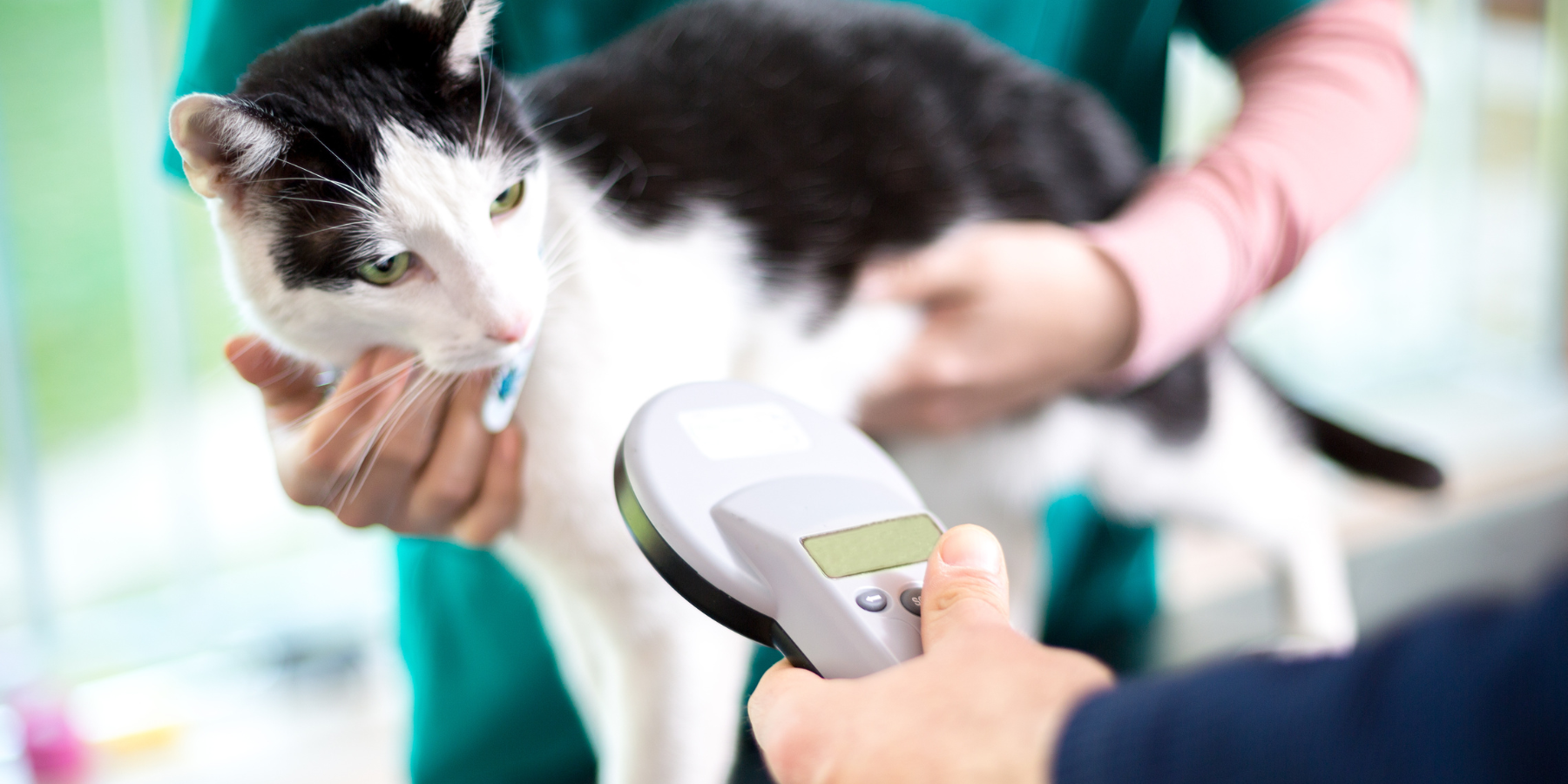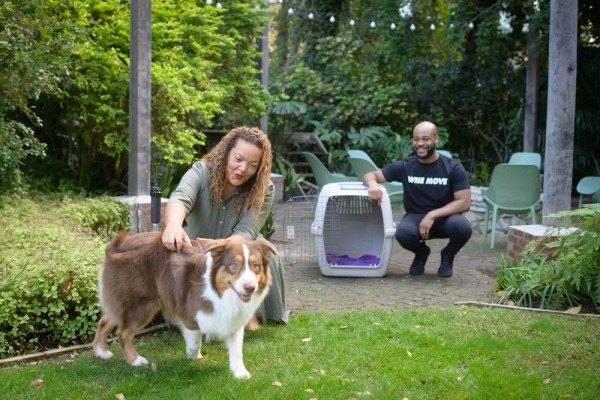
Moving to a new home can be an exciting yet stressful experience for anyone, including your feline friends. Cats are creatures of habit, and disruptions to their environment can cause anxiety and confusion. However, with proper planning and care, you can make the transition smoother for both you and your beloved pet.
Whether you're moving across town or across the country, these 10 tips will help ensure a purrfect move for your cat.
1. Prepare Your Cat Far In Advance
Cats are very sensitive to changes in their environment, especially if it’s sudden. To ensure a stress-free move for your cat, it's essential to start preparing for the move well in advance.
To add to your other moving preparations, here are some things you can do to get your cat moving-day ready:
-
Introduce your cat to the moving boxes and packing materials very gradually so that their environment doesn’t change too quickly.
-
Familiarise your cat with their cat carrier by placing it open in their environment, and putting some of their favourite toys and blankets in there so that it’s comfy. If they are still nervous around it, you can place their food in it to entice them to explore it.
-
Get your cat used to car travel starting weeks in advance, especially for a long-distance trip. Start with smaller trips and work up to longer trips until they seem comfortable.
-
If you think the move will be too stressful for your cat, you can also choose to book your cat into a cattery for the moving process, but make sure to do this ahead of time to ensure there's availability.
2. Update Their Identification
 While you can always hope for a smooth move, you also have to be prepared in case anything goes wrong — for example, if your cat gets spooked from the move and runs away, especially at your new home where it might not be able to find its way back.
While you can always hope for a smooth move, you also have to be prepared in case anything goes wrong — for example, if your cat gets spooked from the move and runs away, especially at your new home where it might not be able to find its way back.
This is why it is essential to make sure before the move that your cat's microchip information and ID tags are updated with your new address and contact information. So if your cat does unfortunately get lost, they can be safely returned home.
To update your cat’s microchip or to get them microchipped if they aren’t already, you can visit your local vet.
3. Maintain Routine
Cats thrive on routine. So while everything is changing around them, making sure some things stay the same can help provide a sense of security amid the chaos of packing and moving.
Try to keep the following aspects of their routine as regular as possible:
-
Feeding times
-
Play times
-
Sleep schedules
-
Alone time when you’re out of the house
This will also be very important once you move into your new home. Reestablishing their old routine can help them settle faster.
4. Create a Safe Space For Before and After the Move
No matter how much you plan, moving day is always going to be a bit chaotic. To save your cat from this chaos, it’s best to set up a designated safe room where they can stay safe and contained while all the big moving takes place.
Here are some tips for creating the perfect safe room:
-
The main bedroom is often a preferred choice for a safe room.
-
Make sure the room is equipped with food, water, a litter box and their favourite toys to keep them comfortable.
-
Keep your cat indoors the night before or the morning of moving day so that they are easy to find and move to the safe room.
-
Put a sign on the door so that your family members and the movers know not to open the door and let your cat out. You can even keep it locked just in case.
-
Try to keep this room the same for as long as possible, making sure it’s the last room you move out.
Once you get to your new home, you want to recreate your cat’s safe room as soon as possible. Set up that room first with its furniture, place all your cat’s essentials inside, close the door and let your cat settle into their new space.
5. Take Advantage of Familiar and Calming Scents
A cat’s sense of smell is their most powerful asset, being 14 times better than that of humans. It’s their primary sense that they use to identify and understand their surroundings. It can also be used as a powerful tool to help keep your cat calm and settled during the moving process.
Here are some simple clever tricks to keep your cat calm using scents:
-
When packing your cat's belongings, such as bedding, toys and litter box, keep a few familiar items accessible until the last minute so that they have a familiar scent around them.
-
Invest in a feline pheromone spray or diffuser which you can put in their safe room, put on in the car and place in the new home which uses pheromones that keep your cat calm and help them adjust to a new environment.
View this post on Instagram
-
You can rub your cat’s scent around your new home by taking a soft cotton cloth, gently rubbing your cat’s cheeks and then rubbing the cloth on the corners of doorways and walls at your cat’s height. Repeating this daily can help your cat familiarise themselves with their new territory as soon as possible.
8. Plan for Rest Stops
If you're embarking on a long-distance move and pet transportation, plan for regular rest stops along the way to allow your cat to stretch their legs, use the litter box and hydrate.
Take a look at your route ahead of time and mark the best spots to stop so that you don’t have stress and frantically try to find a stop while you’re on the road.
During the stop, remember to keep them on a leash or in a carrier to prevent them from escaping in unfamiliar surroundings.
7. Make Sure Their Travel is as Comfortable as Possible

Whether you're travelling by car or plane, ensure your cat's comfort during the journey. Here are some ways you can ensure a smooth journey for your feline:
-
Make sure your cat’s carrier is secured with a seat belt so that it doesn’t move around during the journey.
-
Keep the temperature in the car at a comfortable level — not too hot, but not too cold.
-
Line the carrier with a blanket or towel for some added comfort.
-
Spay inside of the carrier with a pheromone spray 30 minutes before putting them inside to keep them calm.
-
Have treats and toys available in case they get restless.
-
Feed your cat a light breakfast, as a full tummy may cause your cat to get sick while in the car.
-
Try to get them to use the litter box in the morning before the long journey.
-
If you have multiple cats, you can either put them all in one large carrier if they are social and like to cuddle or separate carriers if they prefer their own space to avoid fights.
8. Let Your Cat Explore One Paw at a Time
Once you've arrived at your new home, resist the urge to let your cat explore right away, as the new environment with all the new sights and scents might be a bit overwhelming for your furry friend.
Instead, take it slow and strategically plan their exploration to help them properly settle in their new home. Here are some tips to help your cat settle into their new environment at their own pace:
-
Once you get to your new home, leave your cat in their carrier until everything is unloaded and the major moving around is done
-
Set up their safe room as soon as possible with everything they need, putting them inside and closing the door.
-
Keep them in their safe room for a few days before letting them explore the rest of the house.
-
Slowly introduce them to the rest of the house under supervision, going from room to room or by sections of the house.
-
Rub their scent around the new home to create a familiar space.
-
If your cat is an outdoor cat, it’s recommended to keep your cat indoors for the first 2-4 weeks, depending on your cat’s temperament.
9. Watch Out for Any Signs of Stress
Moving to a new environment can be overwhelming for cats, so be patient and provide plenty of reassurance and affection during the adjustment period. Spend quality time with your cat, reestablish their old routines, engage in play and offer treats as positive reinforcement for exploring their new home.
It is normal for your cat to be a bit stressed in the first few weeks which can manifest in some side effects like:
-
Not eating
-
Avoiding the litter box
-
Kicking out sand from the litter box
-
Distressing meow
-
Excessive grooming
-
Aggression
Monitor these behaviours and if they continue for an extended period of time, visit your local vet for a check-up as well as to ask for some advice.
10. Register Your Cat With the Local Vet
In case of any emergencies, it’s best to be set up with your local vet as soon as possible. This ensures your new vet is already familiar with your cat and their medical records so that they best help you and your feline.
To choose your next vet, you can check online for vets nearby and read the reviews for the best one, or you can ask your neighbours who own pets if they can recommend any good ones.
Don’t forget to bring your cat’s vaccination card so that they properly transfer the medical records.
Looking for a Trusted Professional Pet Transport Company?
Moving your cat can add a lot of stress to your already very stressful moving journey. But you don’t have to do it alone! If you’d like some extra help, you can hire a trusted pet moving service to provide professional support and take care of the logistics and heavy lifting.
And the best way to find an affordable and trusted pet transport service is with Wise Move! With Wise Move, you can instantly connect with not only the best local movers but also the top local pet transport companies.
All you have to do is post your moving request and the most qualified transport companies will reach out to you! You can then compare quotes and 3000+ reviews to choose the best one for you, your cat and your budget.
Check out Wise Move today to ensure your cat has a purrfect moving experience!













![How Many Moving Boxes Do You Need [Quick Guide] How Many Moving Boxes Do You Need [Quick Guide]](https://cdn.wisemove.co.za/image/blog/f402bbe3e47e09aa41a6d8370888b926.jpeg)











